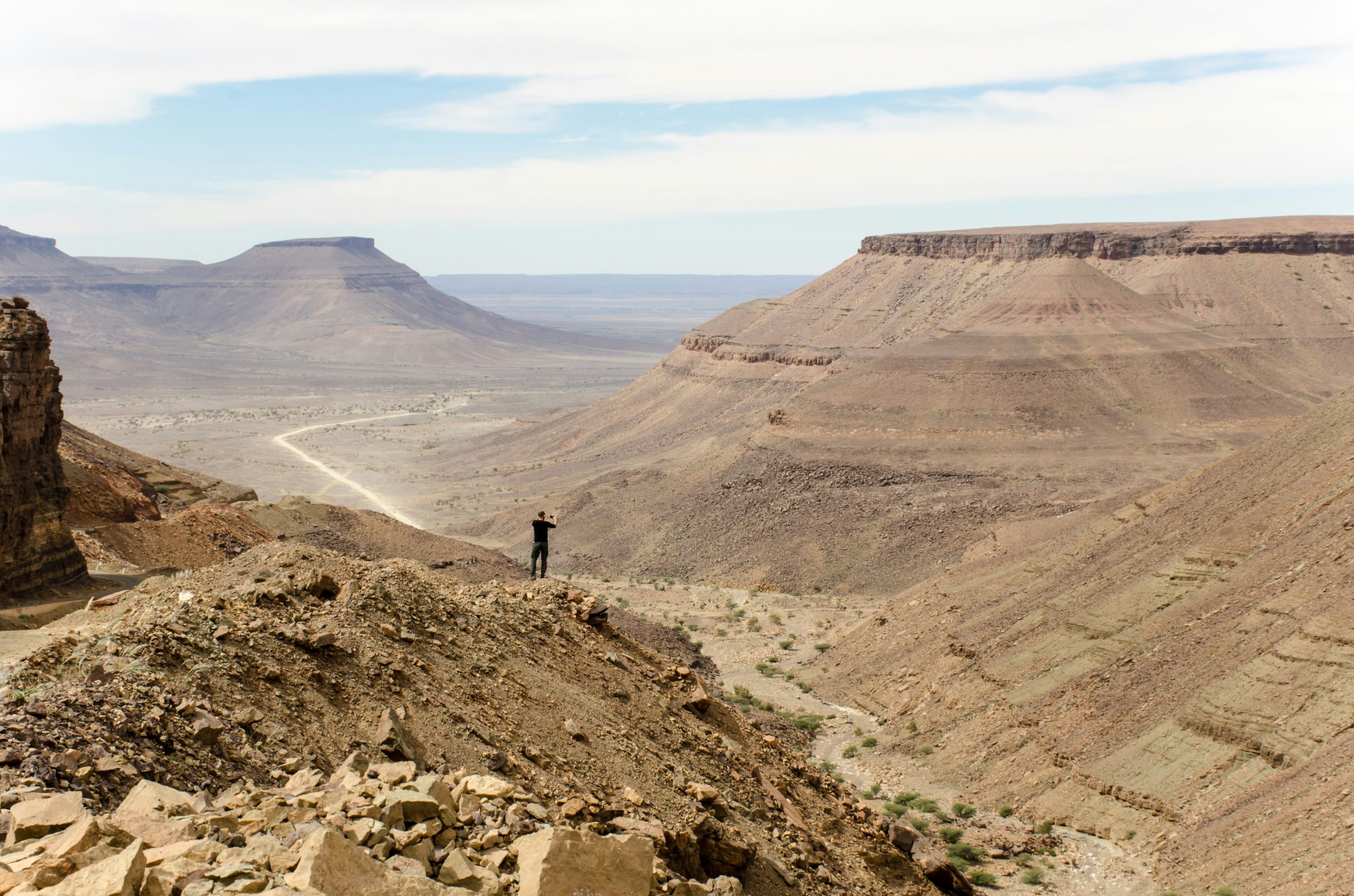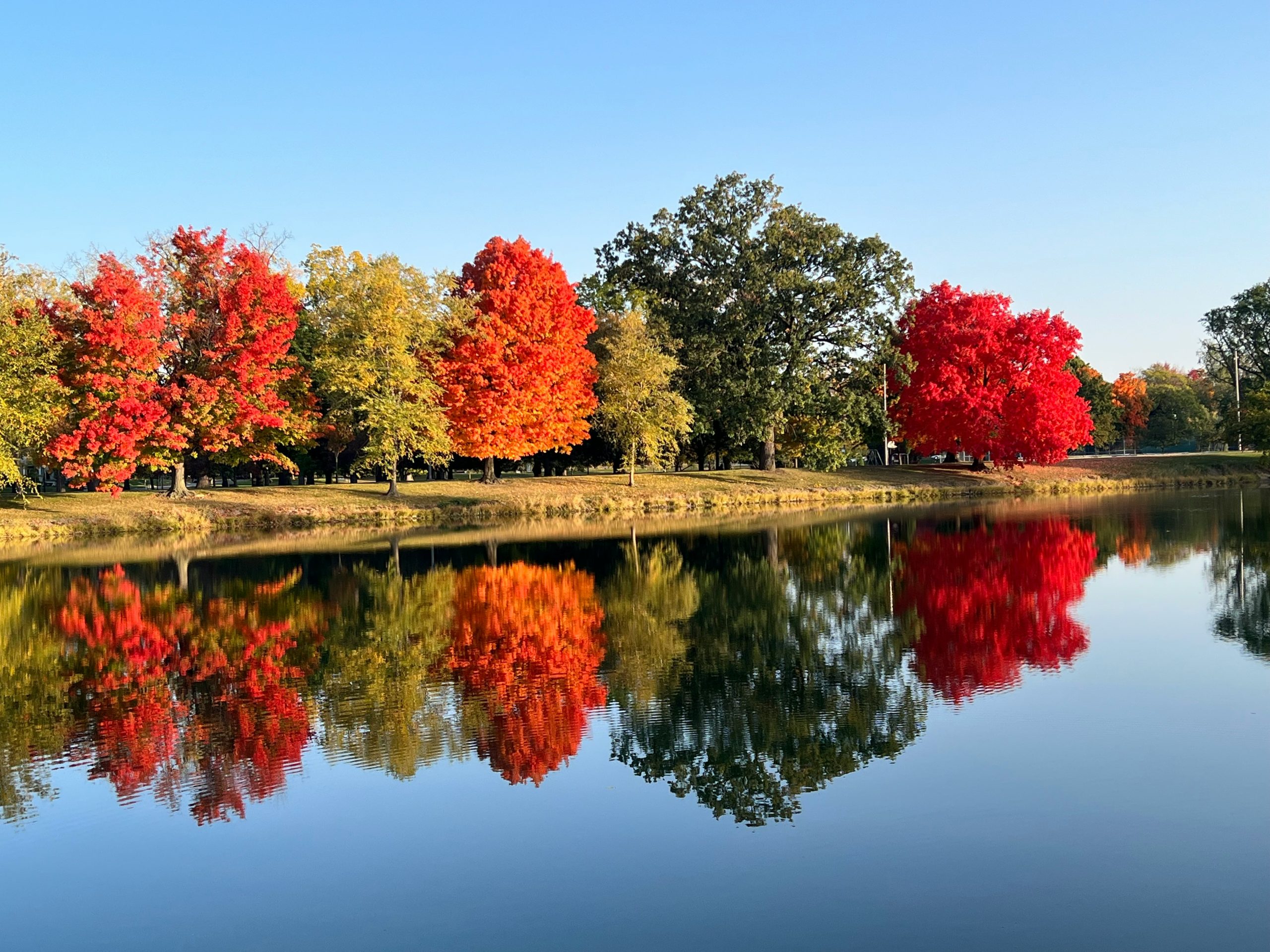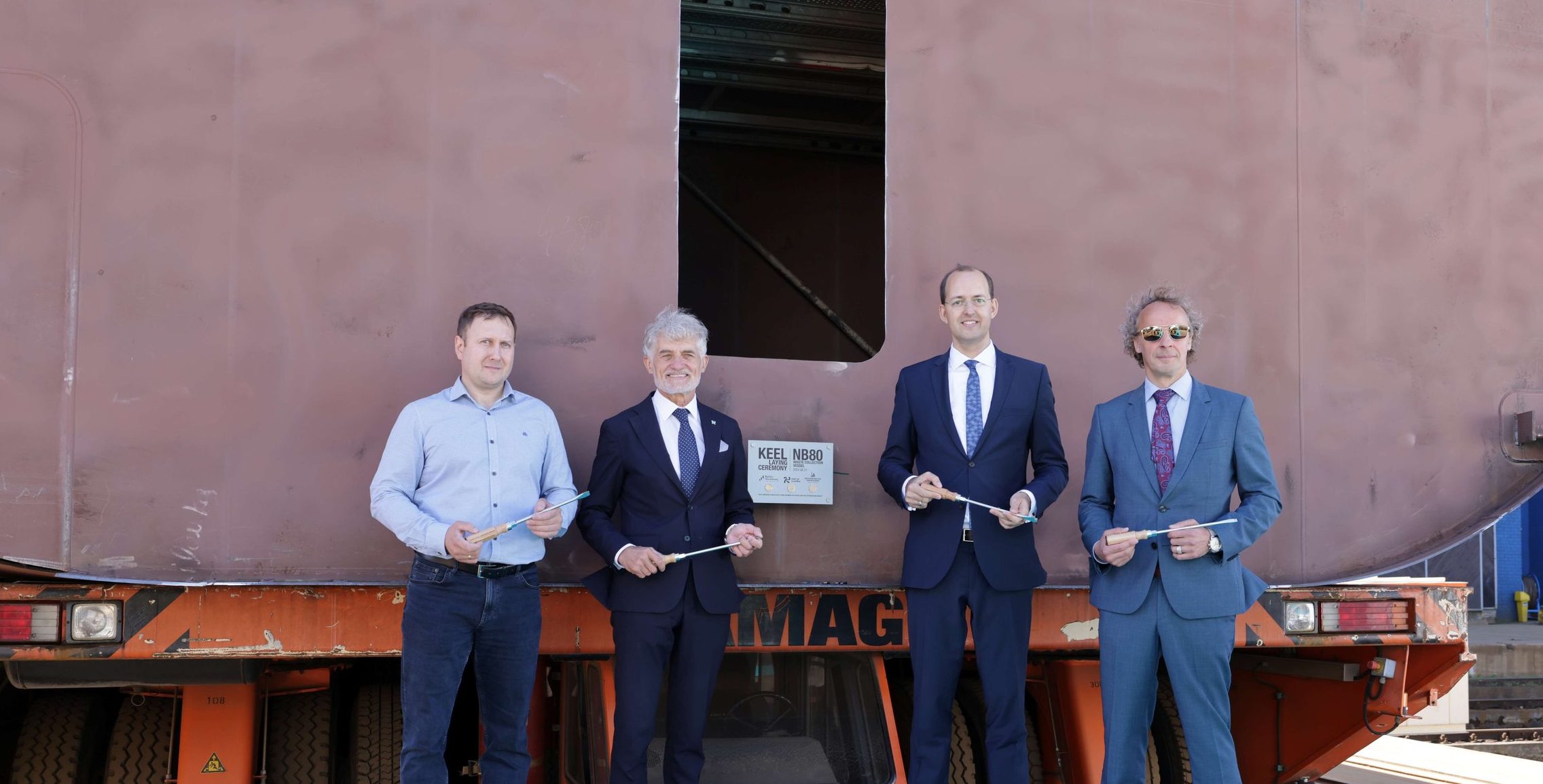Mauritania to Produce Green Iron using Green Hydrogen

Mauritanian mining company Société Nationale Industrielle et Minière (SNIM) and CWP Global signed an agreement to collaborate on a potential new green iron production and export hub in Mauritania.
Iron Production Using Green Hydrogen
CWP Global’s ultra-large-scale green hydrogen project AMAN sited in Mauritania’s north-west corner, a new Direct Reduced Iron (DRI) hub project could host multiple green hydrogen based DRI plants capable of converting Mauritanian raw iron ore into millions of tonnes of green Hot Briquetted Iron (HBI) per year, predominantly for export to the European steel industry.
Green HBI is seen to be a key ingredient in decarbonising the steel industry and projected to be in high demand as Europe implements industrial decarbonisation policies and targets.
Green HBI replaces the raw iron processing currently undertaken by blast furnaces, which emit approximately two tons of carbon dioxide for each ton of iron ‘reduced’ for steelmaking. The project will therefore have the potential to abate millions of tons of CO2 emissions per year.
The MOU was signed last week at a meeting between SNIM and CWP Global in Nouakchott. A workshop was also attended by representatives from the Government of Mauritania, as well as senior representatives from leading technology provider Primetals Technologies, and Midrex Technologies, Inc. the industry leader for DRI technology.
The DRI plants would consume green hydrogen, water and power from CWP’s Project AMAN, and refine millions of tons of raw local iron ore supplied by SNIM.
The project could pave the way for Mauritania to become a world-leading producer and exporter of green HBI, a premium and densified form of DRI that is ideal for ocean carriage due to its high strength and reduced risk of oxidation, making it a value-added iron product.
SNIM is currently the second largest producer of iron ore in Africa, and owns and operates its own railway and port infrastructure to manage the chain of operations that includes Zouerat, the major iron ore basin in the country’s north-east, a train line that runs inside the country’s northern border and then continues south down the Nouadhibou peninsula in the country’s far west, connecting the iron ore basin with SNIM’s maritime export terminal.
In the last fiscal year, SNIM produced and exported around 14 million tonnes (mtpa) of iron ore, generating about USD$1.25B in revenue.
The Mauritanian Government has announced plans to potentially double, or even triple, iron ore production to achieve around 30 mtpa over the next decade.
During a high-level visit to Mauritania in February 2024, European Commission President Ursula von der Leyen for the first time confirmed Europe’s strategic prioritisation of Mauritania as a source of green hydrogen for Europe’s hard-to-abate sector, saying: “Make green iron and steel from green hydrogen and export them to Europe”.
Steel accounts for around 11% of global carbon emissions, making its decarbonisation a key priority in the race to net zero.
Green hydrogen can play a pivotal role by serving as a clean energy source for hydrogen-based direct reduction of iron (DRI). This method involves using hydrogen instead of carbon-
intensive coking coal to reduce iron ore to direct reduced iron (DRI), which can then be processed into hot briquetted iron (HBI) for steel making.
By replacing fossil fuels with hydrogen, this approach significantly reduces carbon emissions, aligning with global efforts to achieve more sustainable steel production.
THE AMAN Hydrogen Project
CWP Global launched its groundbreaking AMAN project in 2020 and has signed both an MOU (2021) and a Framework Agreement (2022) with the Government to underpin its project development activities in country, including through an office in Nouakchott with around 10 local staff employed.
CWP expects to resume negotiations on a final Host Government Agreement for the project as soon as the Government has adopted its proposed Hydrogen Code, a sector-specific legal and regulatory regime to facilitate the new green hydrogen industry in Mauritania.
At full scale, the AMAN project is expected to deploy approximately 18 GW of wind energy and 12 GW of solar energy, with the potential to produce up to 110 TWh each year.
The project could produce 1.7 mt of green hydrogen each year, enabling its application to production of various hydrogen derivatives for offtake, including green ammonia (for fertilizers and / or long-range shipping fuel), green DRI / HBI for making green steel and steel products, and / or liquid hydrogen. CWP aims to have the project FEED-ready by late 2025 and is working towards first production by the end of the decade.
CWP Global has recently achieved a number of development milestones in its work on AMAN, including 24 months of resource measurement to confirm the outstanding wind and solar on its 8,500 square kilometre project site in Mauritania’s north-west, and the commencement of public consultations for its Environmental and Social Impact Assessment (ESIA) following approval by the Government of the ESIA Terms of Reference earlier this year.
Byline: Eric Maina

